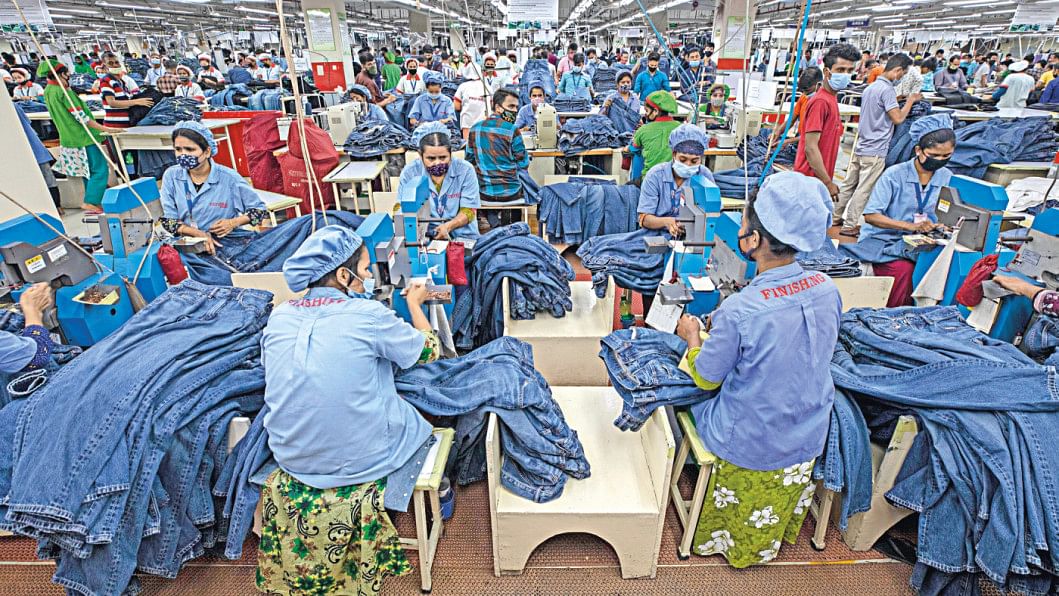Unit prices of Bangladesh’s RMG exports to the EU fell in 2024

Bangladesh's readymade garment (RMG) exports to the European Union grew in 2024, but exporters saw unit prices decline as the growth in volume outpaced the increase in value.
The South Asian nation's apparel shipments to the EU rose by 4.86 percent year-on-year to $19.77 billion in 2024, according to Eurostat data.
During this period, Bangladesh exported 1,230.51 million kg of readymade garments to the EU, up 10.18 percent from the previous year's 1,116.77 million kg.
Within a year, the per-unit price fell to $16.07 per kg in 2024 from $16.88 per kg in the previous year, marking a sharp 5 percent drop.
Meanwhile, the EU's overall apparel imports increased by 1.53 percent year-on-year in value to reach $92.56 billion in 2024, while the import volume grew by 8.98 percent, according to Eurostat data.
This resulted in a 6.83 percent decline in average unit prices, impacting major sourcing countries, including Bangladesh, said Mohiuddin Rubel, additional managing director of Denim Expert Ltd.
China remained the largest apparel exporter to the EU, posting 2.61 percent export growth to $26.07 billion in 2024. Bangladesh ranked second, followed by Turkey and India.
All four of these countries, along with Vietnam and Cambodia, also saw declines in unit prices.
Bangladesh maintained its position as a key supplier to the EU market, but the decline in unit prices underscores the need for strategies to address profitability concerns amid global price reductions.
Rubel said falling prices highlight the challenges of maintaining profitability.
Several factors contributed to the steady rise in export volume and value growth, including the production of value-added garments, duty-free market access, adherence to workplace safety standards, and the combined efforts of manufacturers and workers.
"These developments bolstered buyers' confidence, enhancing the business environment and fortifying Bangladesh's position as a key player in the export market," he said.
Despite fluctuations throughout the year, with a slow start followed by a surge in the last quarter of 2024, Bangladesh saw substantial year-on-year growth in October, November, and December.
"This positive trend, along with increasing exports, fuelled the current growth trajectory."
While 2024 showed improvement over 2023, earnings still fell short of the levels achieved in 2022.
"Looking ahead, the outlook remains optimistic as work orders are expected to increase, sustaining the growth momentum into 2025. With buyers regaining confidence and expanding their sourcing activities in the country, the growth trend is poised to continue."
Rubel said that while Bangladesh showed resilience in maintaining export volume and value, the data reveals a critical need for strategic shifts for future growth.
"Value addition and market diversification are essential for Bangladesh to secure its competitiveness and safeguard profit margins in the face of persistent global price deflation."

 For all latest news, follow The Daily Star's Google News channel.
For all latest news, follow The Daily Star's Google News channel. 




Comments